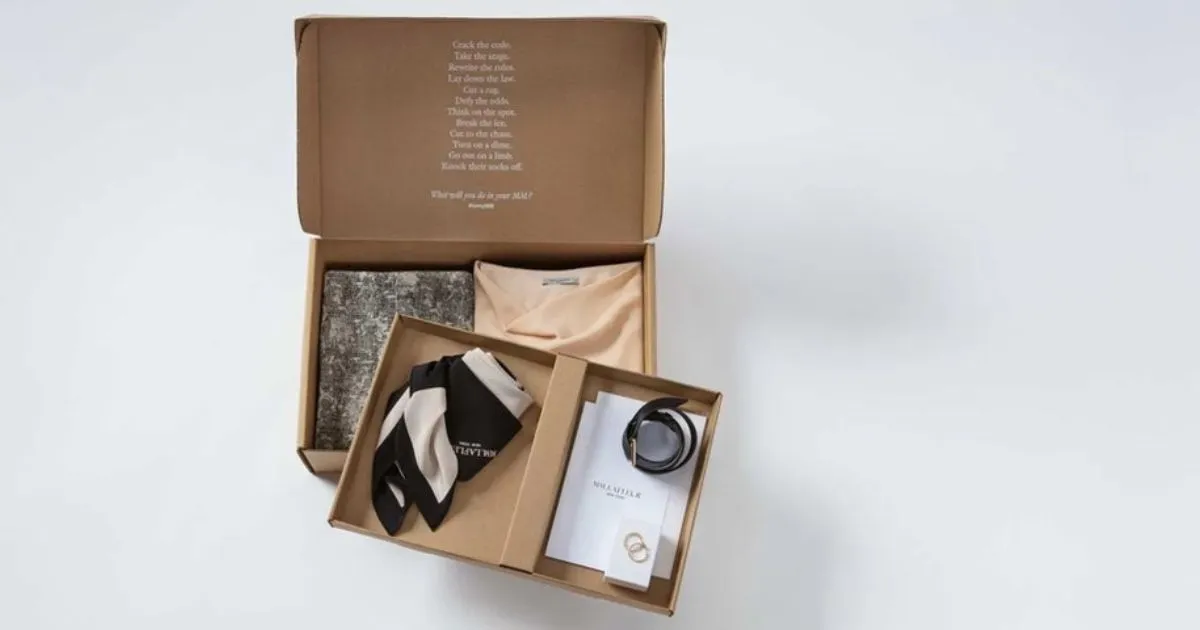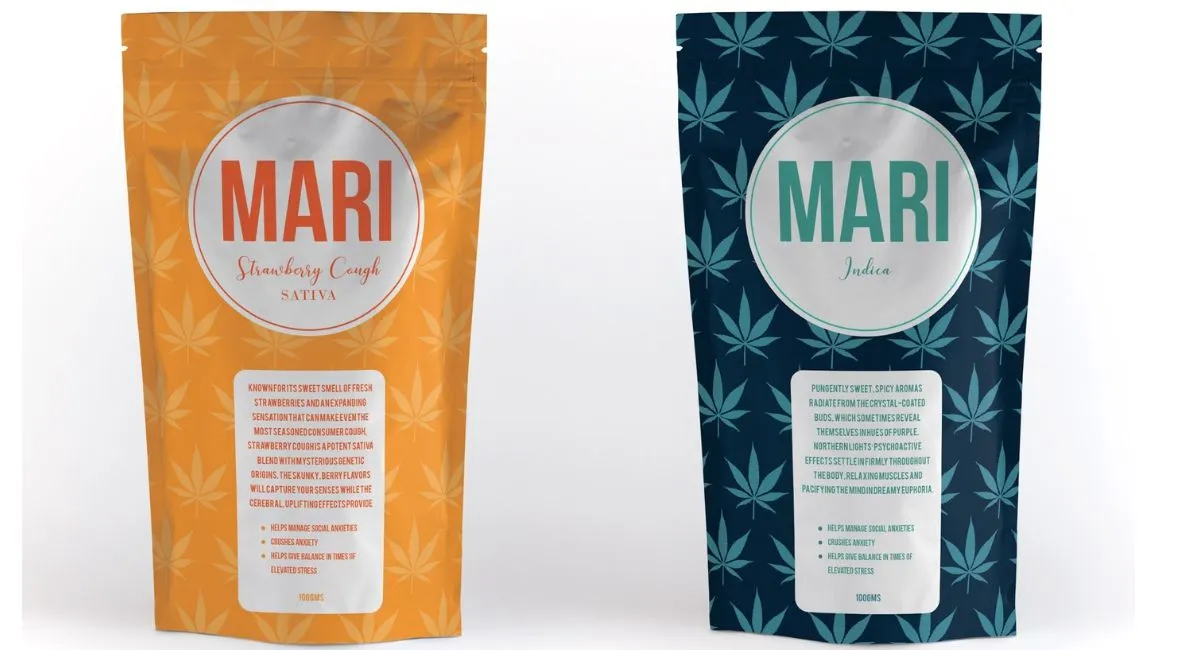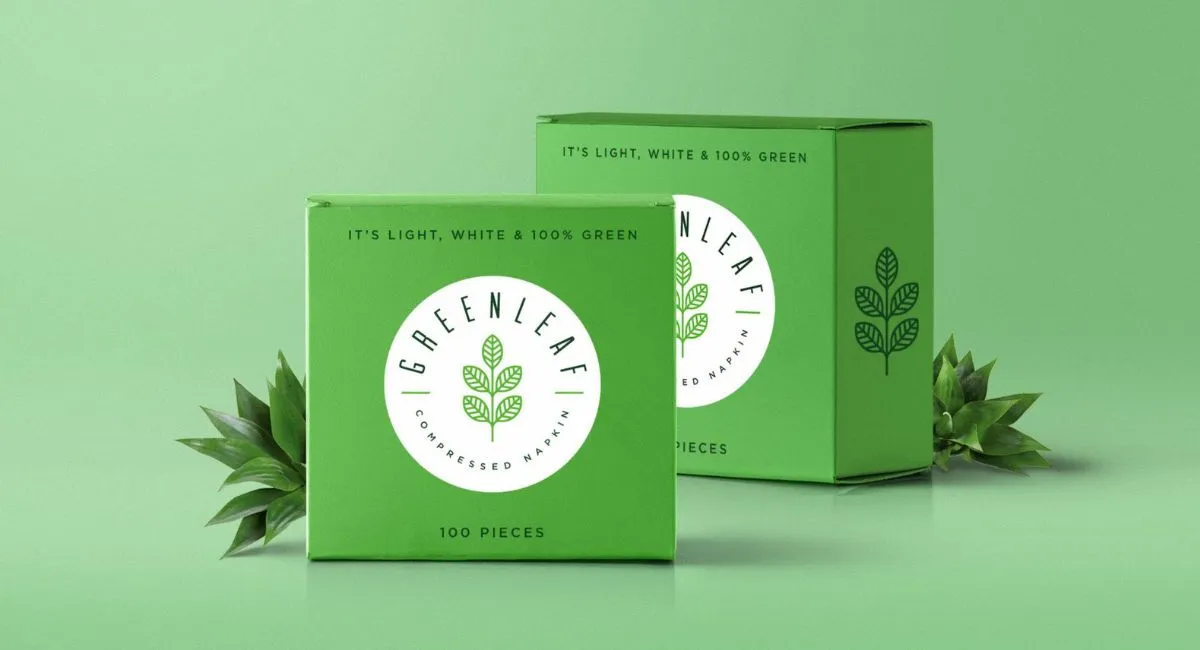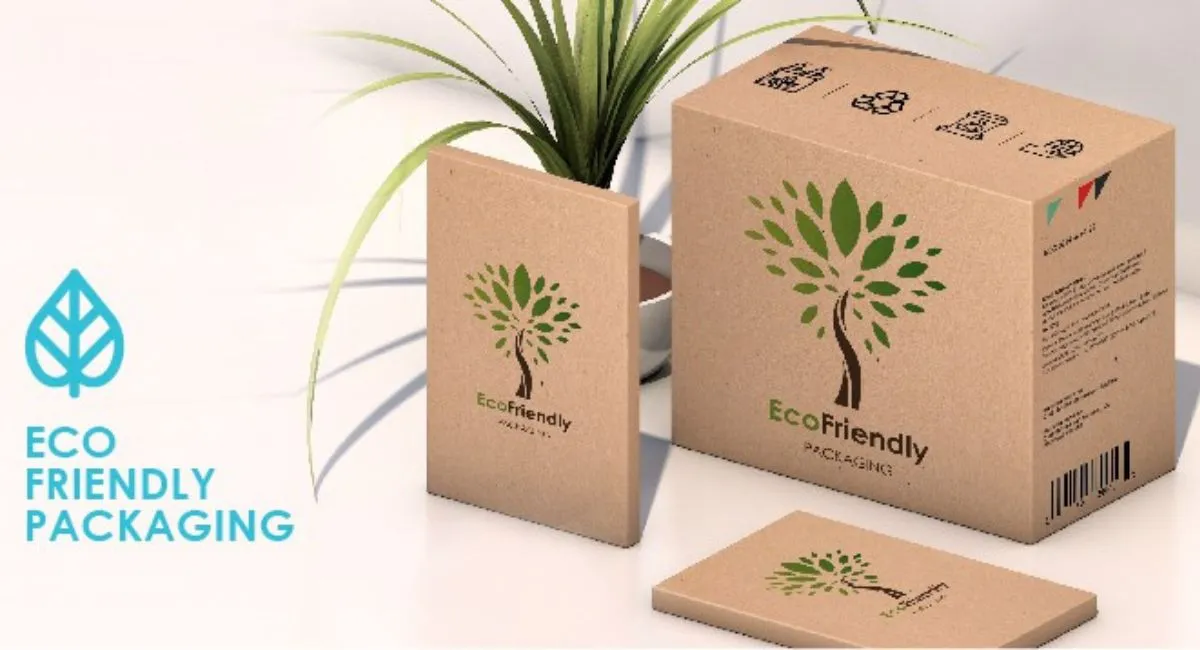The Essential Guide to Types of Packaging
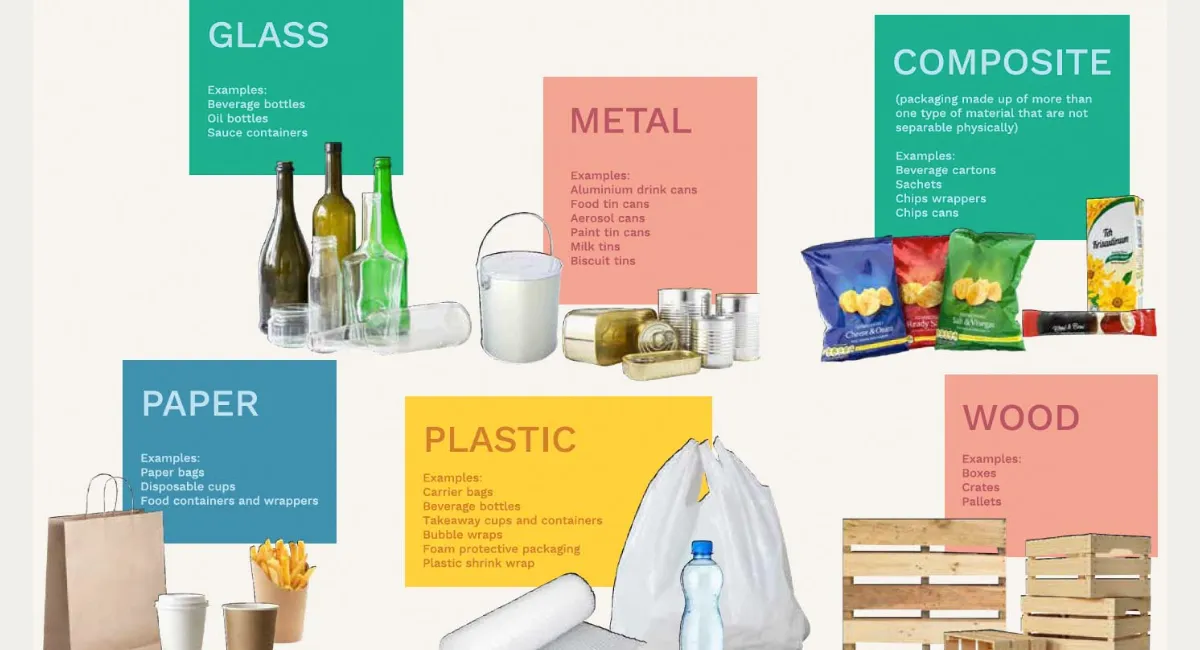
In the dynamic world of packaging, choosing the right type plays a pivotal role in protecting and presenting products. From the eco-conscious entrepreneur to the seasoned manufacturer, understanding the various types of packaging available is crucial for making informed decisions that align with brand values, budget constraints, and customer expectations. Let’s delve into the main types of packaging, exploring their uses, benefits, and considerations to help you select the best option for your products.
Cardboard Packaging
Cardboard packaging is one of the industry’s most versatile and widely used options. It offers an eco-friendly, recyclable and biodegradable solution made from renewable resources. Cardboard boxes are the go-to choice for shipping a wide range of products, from electronics to home goods, thanks to their lightweight yet sturdy nature. They can be easily customized with brand colours, logos, and designs, making them a powerful marketing tool.
Benefits:
- Eco-Friendly: Cardboard is made from renewable materials and is recyclable and biodegradable.
- Customizable: Easily printed with any design, making it ideal for brand recognition.
- Cost-Effective: Among the most affordable packaging options, especially for bulk orders.
Plastic Packaging
Plastic packaging’s durability and versatility make it popular for many industries, including food, cosmetics, and healthcare. It comes in various forms, such as bottles, containers, and wraps, offering excellent protection against moisture, dust, and breakage. However, its environmental impact is a significant concern, leading to increased interest in biodegradable and recyclable plastic alternatives.
Benefits:
- Durable: Offers excellent protection against impacts, moisture, and contaminants.
- Versatile: Can be moulded into numerous shapes and sizes, accommodating a wide range of products.
- Lightweight: Reduces shipping costs and is convenient for consumers.
Glass Packaging
Glass packaging is favoured for its premium look and excellent barrier properties. Commonly used for food, beverages, and cosmetics, glass containers can be infinitely recycled without losing quality, making them an environmentally responsible choice. However, they are heavier and more fragile than other types of packaging, which can increase shipping costs and the risk of breakage.
Benefits:
- Sustainable: 100% recyclable, maintaining quality through multiple cycles.
- Chemically Inert: Does not react with its contents, ensuring product integrity.
- Transparent: Allows for easy product visibility inside, enhancing aesthetic appeal.
Metal Packaging
Metal packaging, including aluminium and steel cans, is a durable option that provides complete protection from light, air, and moisture. It’s a preferred choice for beverages, canned foods, and aerosols. Metal is also fully recyclable, offering a sustainable packaging solution that can be repurposed without degradation in quality.
Benefits:
- Long Shelf Life: Offers excellent barrier properties, extending product freshness.
- Recyclable: Can be recycled indefinitely without losing its properties.
- Resilient: Resists breakage and tampering, ensuring product safety.
Flexible Packaging
Flexible packaging combines the best qualities of plastic, film, paper, and aluminium foil to offer various shapes and sizes, from pouches to bags. It’s lightweight, requires less material, and has a lower carbon footprint than rigid packaging types. Flexible packaging is ideal for food, beverages, and consumer products, offering convenience features such as resealability and easy opening.
Benefits:
- Efficient Use of Resources: Uses less material and energy to produce, reducing environmental impact.
- Consumer Convenience: Features like zip locks and tear notches enhance the user experience.
- Innovative Design: Offers endless possibilities for customization and branding.
Eco-Friendly Packaging
Eco-friendly packaging, made from materials like recycled paper, bioplastics, and plant-based materials, addresses environmental concerns by minimizing waste and reducing the use of virgin resources. This type of packaging is becoming increasingly popular as consumers and businesses seek sustainable alternatives. It includes compostable packaging, recycled content packaging, and packaging made from renewable resources.
Benefits:
- Reduced Environmental Impact: Lowers the carbon footprint and supports a circular economy.
- Positive Brand Image: Aligns with the values of eco-conscious consumers, enhancing brand loyalty.
- Versatile: Available in various forms to suit different product needs.
In conclusion, the choice of packaging type is a critical decision that can significantly affect your product’s appeal, protection, and sustainability. By carefully considering the unique needs of your product and your brand’s values, you can select the most appropriate packaging solution. Whether you prioritize durability, aesthetics, environmental impact, or cost-effectiveness, there’s a packaging type that meets your requirements. Embracing innovative packaging solutions benefits your business and contributes to a more sustainable and responsible global marketplace.
